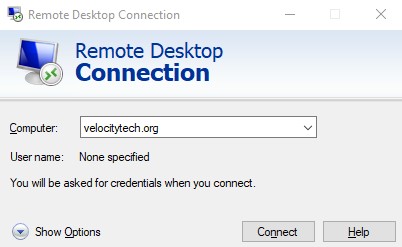Why is two factor authentication important?
September 9, 2021Google To Add Password Breach Prevention Feature To Android
September 9, 2021Remote working enables companies to enable employees to optimise their daily processes with the right tools. It gives employees the flexibility to do their work remotely and to stay productive and connected to their teams at home, or on the road. The 137 remote companies and teams representing 52,200 remote workers show the real-world effects of remote work, its benefits and challenges, as well as tips for effective remote work and advice on managing remote workers.
Investing in tools that help remote workers manage their working hours and schedules can help them maintain a healthy work-life balance. For example, workers find that when they shower and get dressed for work and see where they are and what they are working on they are more productive. By seeing the time they spend on different tasks, they can improve their work assessments and create more effective schedules.
With a quarter of the US workforce working from home, at least in part, these new policies have led many employees and their managers to work in separate offices for the first time. A separate workplace frees employees from the distractions of domestic life. If you work from home, a consistent routine ensures productivity and creates a separation that helps avoid the consequences of burnout on health, professional and family.
Although it is preferable to define clear strategies for remote work and training in advance, especially in times of crisis or other changing circumstances, this level of preparation may not always be feasible. Here are some specific, research-based steps managers can take to make more efforts to improve engagement and productivity of remote employees with little preparation time. These six tips for your business help you keep employees engaged, connected and supported while you help you meet the “needs of flexibility and improved productivity of your employees.
Businesses and workers need to change infrastructure to help them develop needs. Modernize your systems so that your company is ready for increased bandwidth usage. Companies must ensure that employees in their departments have access to the same technology-driven cooperative capabilities as their colleagues, regardless of location.
Remote working has become such a necessity that many need to do something to ensure that employees feel comfortable working with remote tools, have access to important business information and know basic remote communication techniques while working from home.
Time and again, research has shown the positive effects remote working can have on workers and businesses. Understanding how remote work impacts your team can help you address potential issues and prioritize the things that matter to your employees the most, and this can make a big difference in long-term performance and commitment. The better you understand the needs and challenges of managing remote workers the better you will become a manager and be better prepared in a world where remote work is becoming the norm.
Achieving an appropriate level of productivity through remote work is an important consideration for workers and employers, and although there is evidence that people can be just as productive or productive from home, optimizing productivity depends on creating the right working environment, adopting the right working habits and avoiding the usual pitfalls of telecommunications. Companies must today not only allow their employees to remain at home, but also equip them with tools and support they need to be productive, cooperative and fulfilling at their work. In the long run, as remote work and flexibility become more desirable for workers and more viable for employers, it is important that you remain motivated and productive while working from home and to avoid mental health problems and burnout.
A survey of remote employees by a job search site found that 37% of respondents believed that working remotely leads to less visibility and less access to management. In some cases, employees felt that distant managers were less responsive to their needs, less supportive, and less helpful in doing their jobs. And the lowest-performing workers experienced a decline in work performance and commitment when they began working remotely without preparation and training.
Trying to support employees remotely can be challenging, especially when it comes to increasing the productivity of remote workers. If broadband is not available, you may need to rethink your work from home strategy. One of the potential benefits of remote working for workers is for managers and companies alike.
Once you become comfortable with yourself, you may find that your first remote employee leads to a cascade of requests from other members of your team to work remotely. On average, remote workers do four hours more work per week than their local counterparts, but this higher productivity comes at a price. If remote workers manage their time well and create personal boundaries, they risk overload and burn-out.
Improving your employee experience by using remote work tools is a great way to keep your employees engaged. Remote policies from opening the interview process to remote video interviews to flexible schedules for remote employees can transform and empower your organization to incorporate the values of each employee, regardless of where they are or where they work. Companies that use SmartSheets use remote work not only as an option for business continuity, but also to retain employees and create innovative organizations.
In order to increase the impact of their work, optimization and innovation, employees should feel empowered to reconnect with their team, their employees and the organization. Working with the right tools can help employees feel empowered to connect with their work in a way that enables greater empathy. Recruiting the right people, trusting them and having a high degree of autonomy will reduce teams’ involvement in their work.


